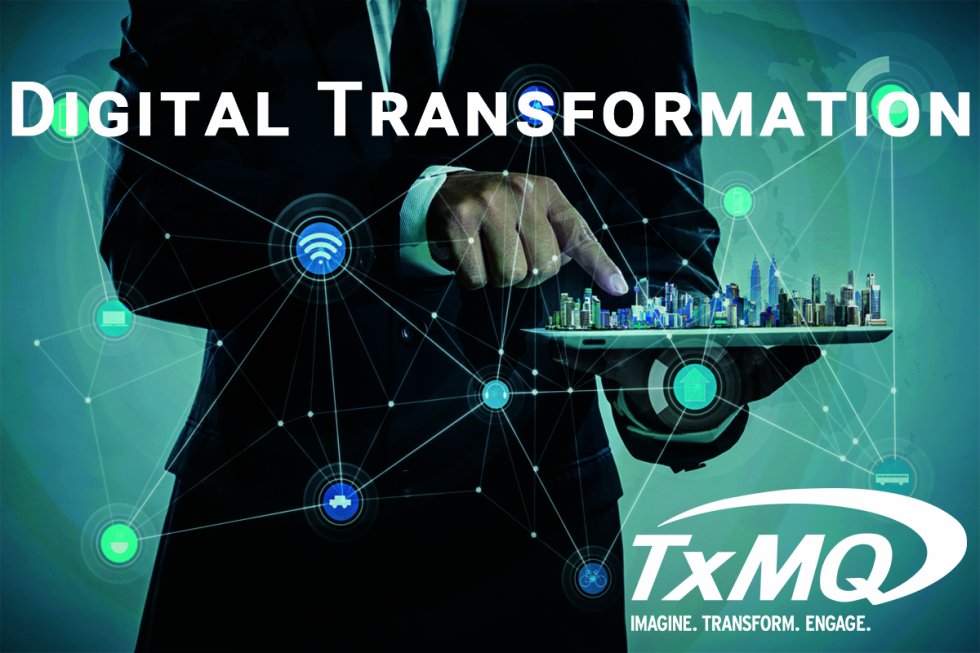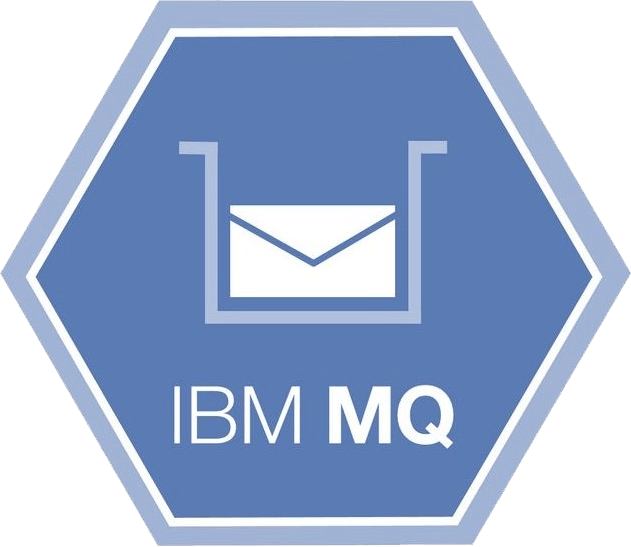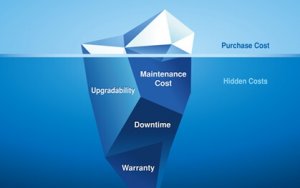This isn’t the first time I’ve written about digital transformation, nor is it likely to be the last.
Digital transformation has become a “must use” catchphrase for investor and analyst briefings and annual reports. Heaven help the foolish Fortune 500 company that fails to use the buzzword in their quarterly briefing. It’s the “keto diet” of the technology world.
It’s a popular term, but what does digital transformation really mean?
Legacy debt.
In a world of enterprises that have been around for longer than a few years, there is significant investment in legacy processes and technical systems (together what we like to call legacy debt) that can inhibit rapid decision making. This is a combination of not just core systems, but also decades-old processes and decision-making cycles…bureaucracy in other words.
So why do we care about rapid decision making? Simply put, in years past, decisions were less consumer-driven and more company-driven, or dare I say it, focus-group driven.
Companies could afford to take their time making decisions because no one expected overnight change. Good things used to take a long time.
We now live in a world where consumers demand rapid change and improvement to not just technology, but also processes. On a basic level, this makes sense. After all, who hasn’t had enough of poorly designed AI-driven, voice-activated phone trees when we just want to ask the pharmacist a question about our prescription refill?
Too often, however, legacy debt leads to rapid implementations to meet customer demands – often with unintended (and catastrophic) consequences. Often this is the result of rapid, poorly built (or bought) point solutions. This is where disruptors (aka startup companies) often pop up with quick, neat, point solutions of their own to solve a specific problem: a better AI-driven phone solution, a cuter user interface for web banking, sometimes even a new business model entirely. Your CIO sees this in an article or at a conference and wonders, “why can’t we build this stuff in-house?”
Chasing the latest greatest feature set is not digital transformation. Rather, digital transformation begins with recognizing that legacy debt must be considered when evaluating what needs changing, then figuring out how to bring about said change, and how to enable future rapid decision making. If legacy systems and processes are so rigid or outdated that a company cannot implement change quickly enough to stay competitive, then, by all means, rapid external help must be sought. Things must change.
However, in many cases what passes for transformation is really just evolution. Legacy systems, while sometimes truly needing a redo, do not always need to be tossed away overnight in favor of the hottest new app. Rather, they need to be continually evaluated for better integration or modernization options. Usually by better exposing back end systems. Transformation is just another word for solving a problem that needs solving, not introducing a shiny object no one has asked for. Do our systems and processes, both new and old, allow us to operate as nimbly as we must, to continue to grow, thrive and meet our customer demands today and tomorrow?
The Steve Jobs effect
Steve Jobs once famously stated (it’s captured on video, so apparently it really happened), when asked why he wasn’t running focus groups to evaluate the iPod, “How would people know if they need it, love it or want it if I haven’t invented it yet?”
Many corporate decision-makers think they are capable of emulating Steve Jobs. Dare I say it, they are not, nor are most people. Innovating in a vacuum is a very tricky business. It’s best to let the market and our customers drive innovation decisions. Certainly, I advocate for healthy investment in research and development, yet too often innovation-minus-customers equals wasted dollars. Unless one is funding R&D for its own sake, certainly a worthy cause, one needs some relative measure of the value and outcomes around these efforts. Which usually translates to marketability and ultimately profits.
Measurement
Perhaps the most often forgotten reality of our technology investments is understanding what the end goal, or end-state, is, and measuring whether or not we accomplished what we set out to do. Identifying a problem and setting a budget to solve that problem makes sense. But failing to measure the effectiveness after the fact is a lost opportunity. Just getting to the end goal isn’t enough, if in the end the problem we sought to solve remains. Or worse yet we created other more onerous unintended consequences.
Digital transformation isn’t about buzzwords or “moving faster” or outpacing the competition. It’s all of that, and none of that at the same time. It’s having IT processes and systems that allow a firm to react to customer-driven needs and wants, in a measured, appropriate, and timely way. And yes, occasionally to try to innovate toward anticipated future needs.
Technology is just the set of tools we use to solve problems.
Does it answer the business case?
“IT” is never — or at least shouldn’t be — an end-in-itself: it must always answer to the business case. What I’ve been describing here is an approach to IT that treats technology as a means to an end. Call it “digital transformation,” call it whatever you want — I have no use for buzz words. If market research informs you that customers need faster web applications, or employees tell you they need more data integration, then it’s IT’s job to make it happen. The point is that none of that necessitates ripping and replacing your incumbent solution.
IT leaders who chase trends or always want the latest platform just for the sake of being cool are wasting money, plain and simple. Instead, IT leaders must recognize legacy debt as the investment it is. In my experience, if you plug this into the decision-making calculus, you’ll find that the infrastructure you already have can do a lot more than you might think. Leverage your legacy debt, and you’ll not only save time delivering new products or services, but you’ll also minimize business interruption — and reduce risk in the process.
That’s the kind of digital transformation I can get behind.
—








